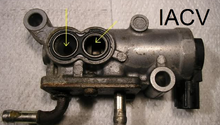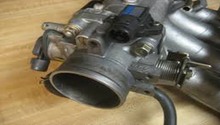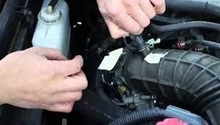Honda Civic: Why is My Car Shaking at Idle?
If your trusty Honda Civic is shaking violently, accelerating poorly, or declining in fuel economy, diagnose and repair the problem as soon as you can.
This article applies to the Honda Civic (1992-2000).
If your Honda Civic's engine is shaking from a rough idle, there are several options you can take to resolve the issue yourself. Since idling is largely controlled by a specific range of temperatures and a balanced air/fuel mixture, the rough idling is most likely caused by a fault in the components that control the engine's temperature as well as influx of air. This article will discuss the possible reasons why your Civic is shaking at idle, and the steps to diagnose as well as fix them.

Materials Needed
- Carburetor cleaner
- Ratchet, extension, and metric socket set
- Engine oil
- Antifreeze coolant
Step 1 – Check fluid levels
Low oil and coolant levels may cause hot spotting (engine running hot and rough).
Low oil levels would cause the idle roughness, and low coolant levels would cause the engine to run hot as well as rough. To check if the fluid levels are low, let the car sit until the engine is cold. Let it sit for a few hours until the motor is cool to the touch. Remove the oil dipstick, and check for an appropriate fluid level. Then, check the the coolant reservoir for color, quality, and the appropriate level of the coolant. Top off or replace the engine oil or coolant as needed.

If the engine oil and coolant are at their correct levels, move on to the following step.
Related Articles
- How to Change Your Oil - Honda-Tech.com
- Why am I Losing Coolant? - Honda-Tech.com
Step 2 – Check for vacuum leaks
Check the intake plumbing and hoses for signs of leaks.
A leak in the intake/vacuum system will cause surging in the motor, especially at idle. An imbalanced air/fuel mixture causes extra gas to be used, and a fluctuation in the engine idle speed. To check the intake plumbing and hoses for signs of leaks, spray carburetor cleaner around the intake and vacuum system. Then, observe for an increase in engine idle speed. A new intake hose costs as low as $35 and as much as $200 or more for performance hoses.
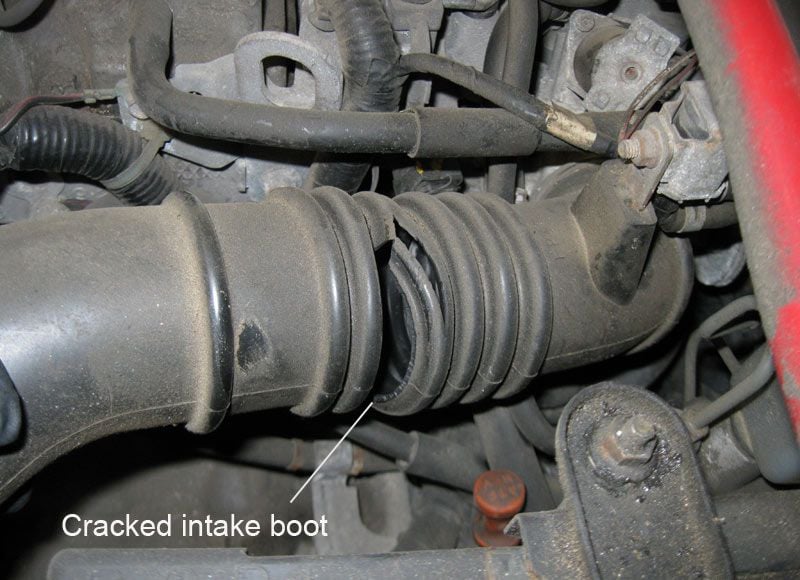
If there are no cracks or leaks in the intake or vacuum system, move on to the following steps.
(Related Article: How to Replace Air Intake - Honda-Tech.com)
Step 3 – Check O2 sensor
The O2 sensor may be damaged.
A bad O2 sensor would cause the car to idle and run poorly. This component may be difficult to check beyond visual inspection as the wires around the exhaust piping may be difficult to access. The service life for new O2 sensors is approximately 100k miles, but check and replace ahead of time if necessary. The cost for a new O2 sensor starts at $20.
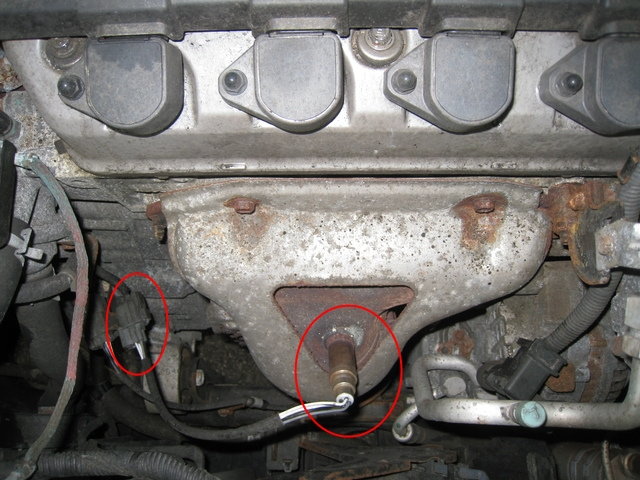
Figure 3. Location of upstream O2 sensor and connector. 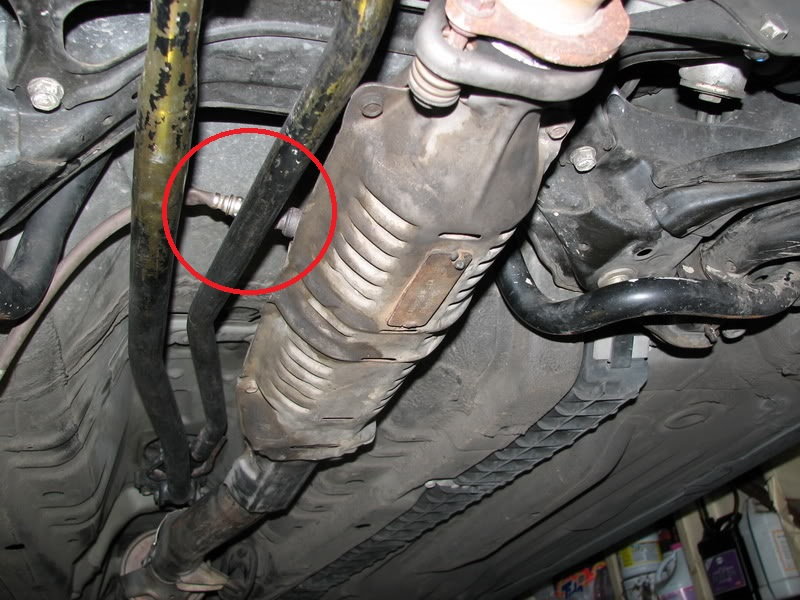
Figure 4. Location of downstream O2 sensor.
If you have replaced the O2 sensors or they are working properly, move on to the following step.
(Related Article: How to Replace Oxygen Sensor - Honda-Tech.com)
Step 4 – Check catalytic converter
A clogged catalytic converter would cause a shaking.
Lift the car and bang on the catalytic converter, listening for sounds of loose filament. Also, after running the car up to normal temperatures and where the idle issue occurs, visually inspect the exhaust. If the catalytic converter is backed up, you may see a visual difference in the color of the exhaust piping. A new catalytic converter costs between $70 and $200.
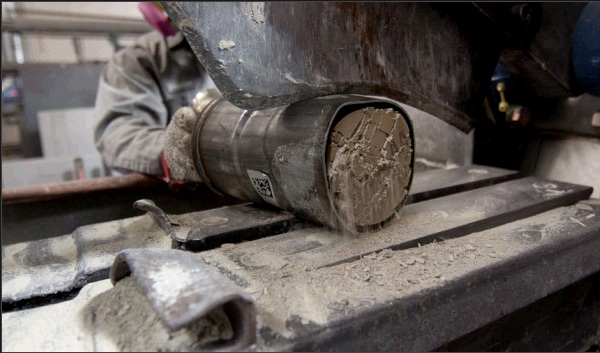
Related Discussions
- Low Idle Large / High Fuel Consumption - Honda-Tech.com
- Symptoms Bad O2 Sensor - Honda-Tech.com
- Bad O2 Sensor = No Power - Honda-Tech.com
- Civic: Clogged Cat Symptoms - Honda-Tech.com
- Acura Integra: Clogged Cat - Honda-Tech.com

